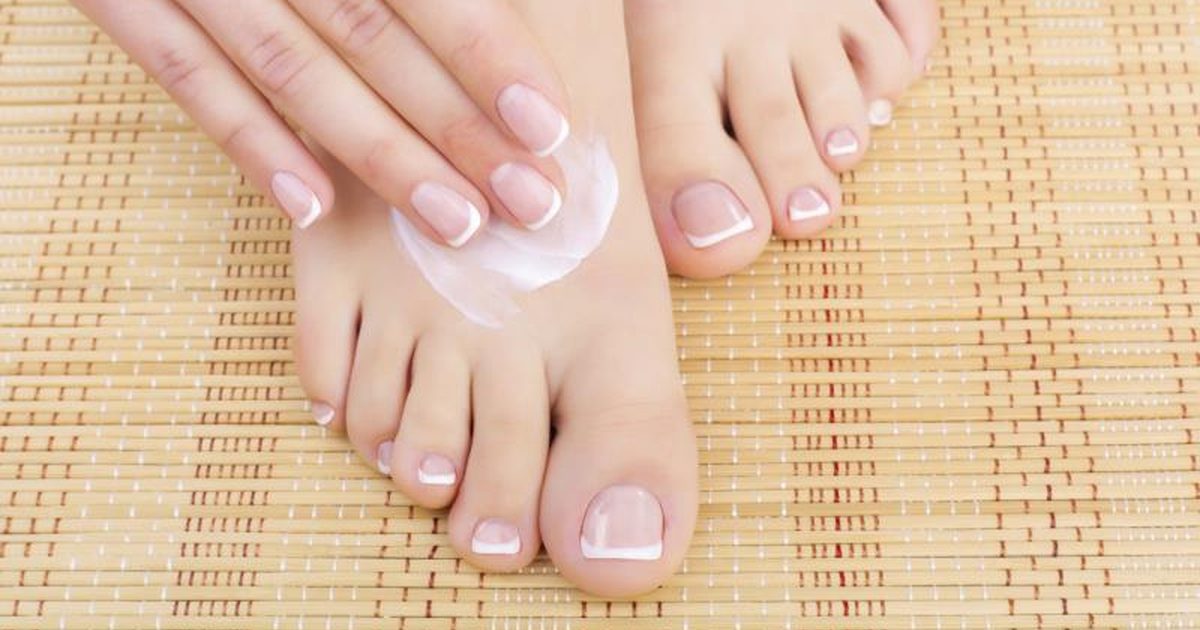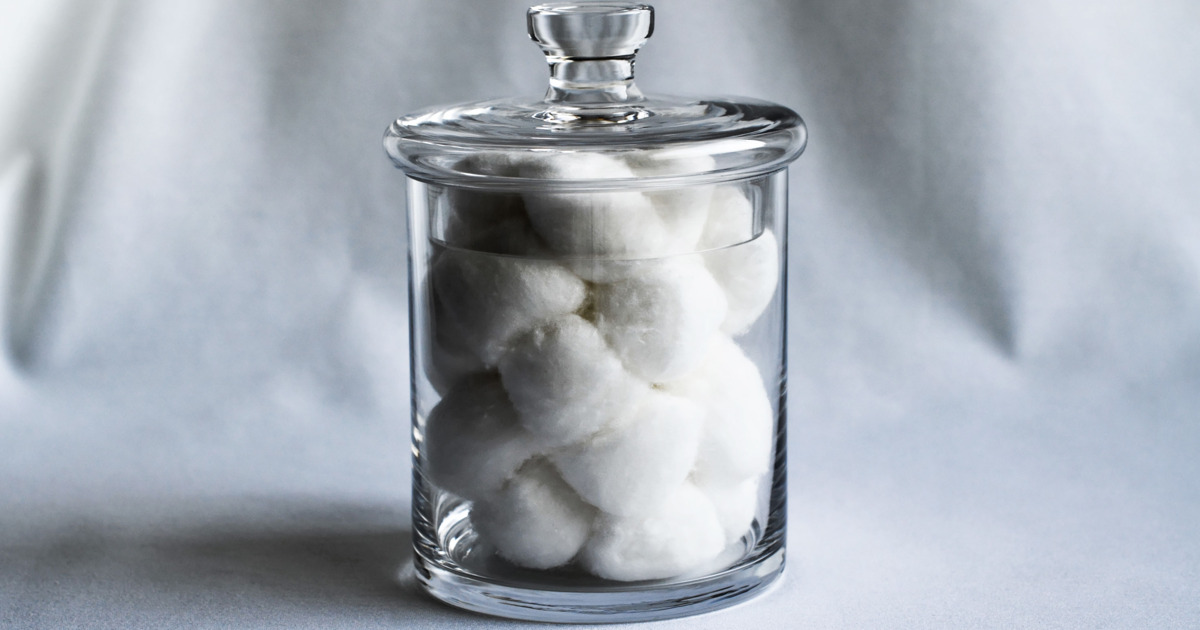Remedies For Ingrown Nails
An ingrown nail is a condition where the edges of the nails grow into the skin surrounding the nail. Ingrown nails are seen more often in individuals who have sweaty feet and older individuals who have thicker nails. Other factors that can cause ingrown nails are cutting them incorrectly, curved toenails, tight footwear, injury, bad posture, poor hygiene, and a genetic predisposition for the condition. The early stage symptoms of ingrown nails include tender and swollen skin next to toenail, pain on the toe, and fluid collection around the toe. If the ingrown nail becomes infected, the skin becomes red, may bleed, ooze pus, or be very painful. Get to know the best methods for treating ingrown nails now.
Pain Relief Medication

If there is inflammation and the pain is too bad, pain relief medication can help manage the pain while a more permanent treatment is found. An over-the-counter medication like acetaminophen can help relieve the symptoms of an ingrown nail. There are potential side effects of the medication but usually manifest only if large doses of them are taken. For cases where the ingrown nail also causes swelling and inflammation, ibuprofen is a better alternative since it helps with all of the symptoms. Of course, ibuprofen and other anti-inflammatory medications have side effects, which include stomach problems, diarrhea, and abdominal pain. When taking pain relievers, it is always wise to consult with a doctor first.
Continue reading to discover the next strategy for treating an ingrown nail now.
Soak In Warm Salt Water

Besides being used for flavoring our food, salt has an anti-inflammatory and soothing effect when used topically. The salt has to be dissolved in warm water to make an effective soak for treating an ingrown nail. For the bath, use Epsom salt which can be purchased at most pharmacies. Mix one to two tablespoons of the salt into a quart of warm water. Soak in warm salt water for fifteen minutes for each session. When starting, you can soak your feet or hands several times during the day. Repeat these fifteen-minute soaks several times during the first few days. Dry the foot or hand thoroughly after the soak. This warm salt soak will remove the infection and swelling from the affected area. This will also pull out any pus that may have collected in the area.
Learn more about how to treat ingrown nails effectively now.
Wear Sensible Shoes

The biggest cause for ingrown nails is wearing uncomfortable and tight shoes that push on the toes. As a means of prevention, it is best to wear sensible shoes with enough space for the front part of the foot. When the symptoms of ingrown nails are still prevalent, it is more important than ever to wear comfortable shoes or sandals as much as possible. The shoes should even be a little larger in the toe area so there is no excess pressure on the nails. The socks and hosiery worn also have to be large enough to loosely cover the foot. During the summer, wearing sandals as much as possible is an easy way to make sure the toe has enough space for the time it takes to recover.
Get to know more treatment options for ingrown nails now.
Antibiotic Cream

Antibiotic creams are used to treat and prevent the infection, including those associated with ingrown nails, caused by many different types of bacteria. Antibiotic cream can be used topically to heal the ingrown nail. An over-the-counter antibiotic ointment can be easily purchased at any pharmacy. This cream will help heal the infection and prevent infection, and should be applied on the symptomatic spot three times daily. After carefully applying the ointment on the toe or hand affected with the ingrown nail, carefully bandage the nail to isolate it from external contaminants, and allow it to begin the healing process as quickly and efficiently as possible.
Learn more about the ways in which ingrown nails can be treated now.
Cotton Or Floss Under The Nail

A very mechanical way of treating an ingrown nail is placing cotton or floss under the affected nail. Because the edges of ingrown nails curve and grow into the side skin of the toe or hand, there is often a need for surgical intervention to stimulate the nail to grow over the tissue. If the case is not too serious, patients can aim to fix this problem at home with some simple materials such as cotton or dental floss. For the procedure, the patient can insert a small piece of dental floss under the edge of the nail. Whatever is left from the floss outside the nail can be cut off leaving part of the floss under the nail. Two or three pieces of floss can be inserted under the nail for additional support and upliftment of the nail.